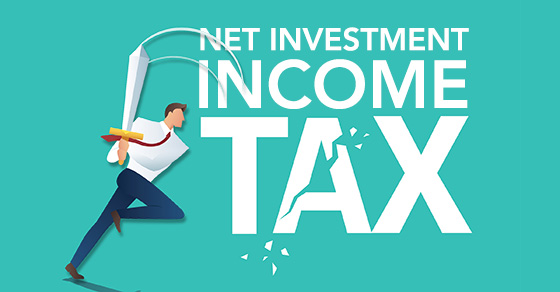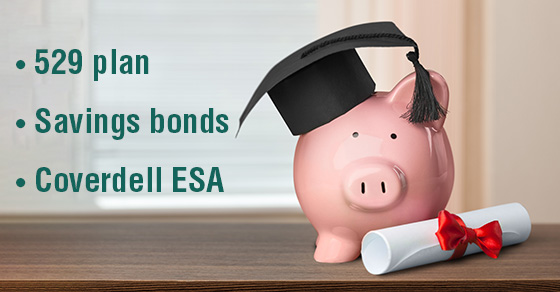High-income taxpayers face a 3.8% net investment income tax (NIIT) that’s imposed in addition to regular income tax. Fortunately, there are some steps you may be able to take to reduce its impact.
The NIIT applies to you only if modified adjusted gross income (MAGI) exceeds:
- $250,000 for married taxpayers filing jointly and surviving spouses,
- $125,000 for married taxpayers filing separately,
- $200,000 for unmarried taxpayers and heads of household.
The amount subject to the tax is the lesser of your net investment income or the amount by which your MAGI exceeds the threshold ($250,000, $200,000, or $125,000) that applies to you.
Net investment income includes interest, dividend, annuity, royalty, and rental income, unless those items were derived in the ordinary course of an active trade or business. In addition, other gross income from a trade or business that’s a passive activity is subject to the NIIT, as is income from a business trading in financial instruments or commodities.
There are many types of income that are exempt from the NIIT. For example, tax-exempt interest and the excluded gain from the sale of your main home aren’t subject to the tax. Distributions from qualified retirement plans aren’t subject to the NIIT. Wages and self-employment income also aren’t subject to the NIIT, though they may be subject to a different Medicare surtax.
It’s important to remember the NIIT applies only if you have net investment income, and your MAGI exceeds the applicable thresholds above. But by following strategies, you may be able to minimize net investment income.
Investment choices
If your income is high enough to trigger the NIIT, shifting some income investments to tax-exempt bonds could result in less exposure to the tax. Tax-exempt bonds lower your MAGI and avoid the NIIT.
Dividend-paying stocks are taxed more heavily as a result of the NIIT. The maximum income tax rate on qualified dividends is 20%, but the rate becomes 23.8% with the NIIT.
As a result, you may want to consider rebalancing your investment portfolio to emphasize growth stocks over dividend-paying stocks. While the capital gain from these investments will be included in net investment income, there are two potential benefits: 1) the tax will be deferred because the capital gain won’t be subject to the NIIT until the stock is sold and 2) capital gains can be offset by capital losses, which isn’t the case with dividends.
Qualified plans
Because distributions from qualified retirement plans are exempt from the NIIT, upper-income taxpayers with some control over their situations (such as small business owners) might want to make greater use of qualified plans.
These are only a couple of strategies you may be able to employ. You also may be able to make moves related to charitable donations, passive activities and rental income that may allow you to minimize the NIIT. If you’re subject to the tax, you should include it in your tax planning. Consult with us for tax-planning strategies.




